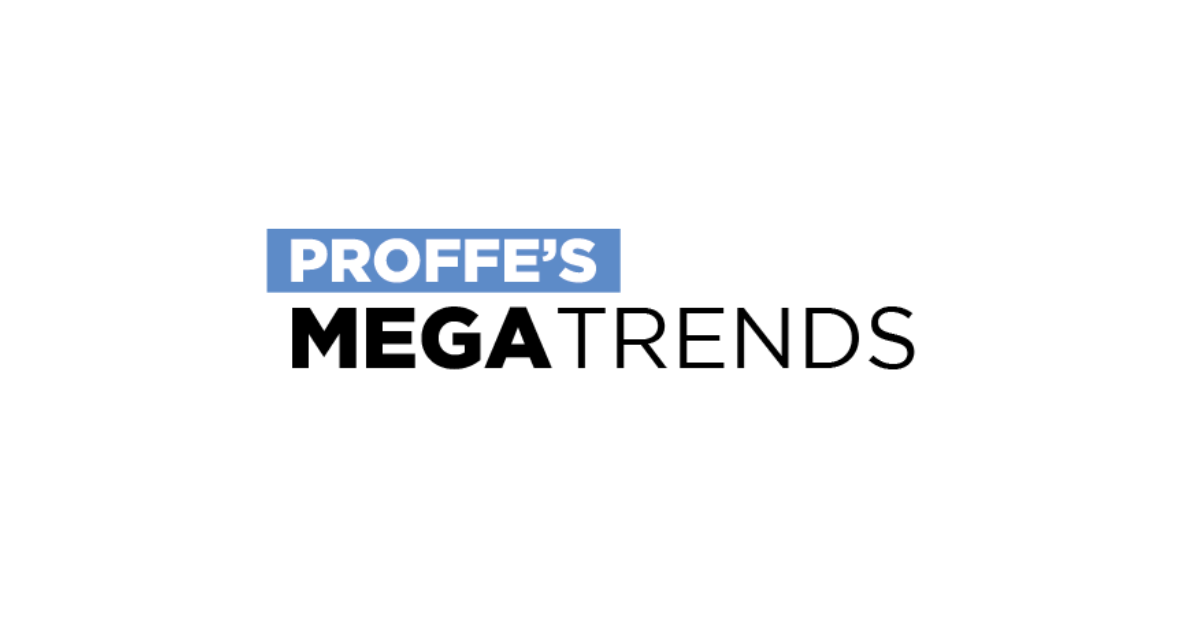As you can see below, urbanization isn’t slowing down. Megacities are on the rise, as are all manner of other city populations.
This is actually a good thing, if we’re prepared for it. Population density can either be a curse or a blessing.
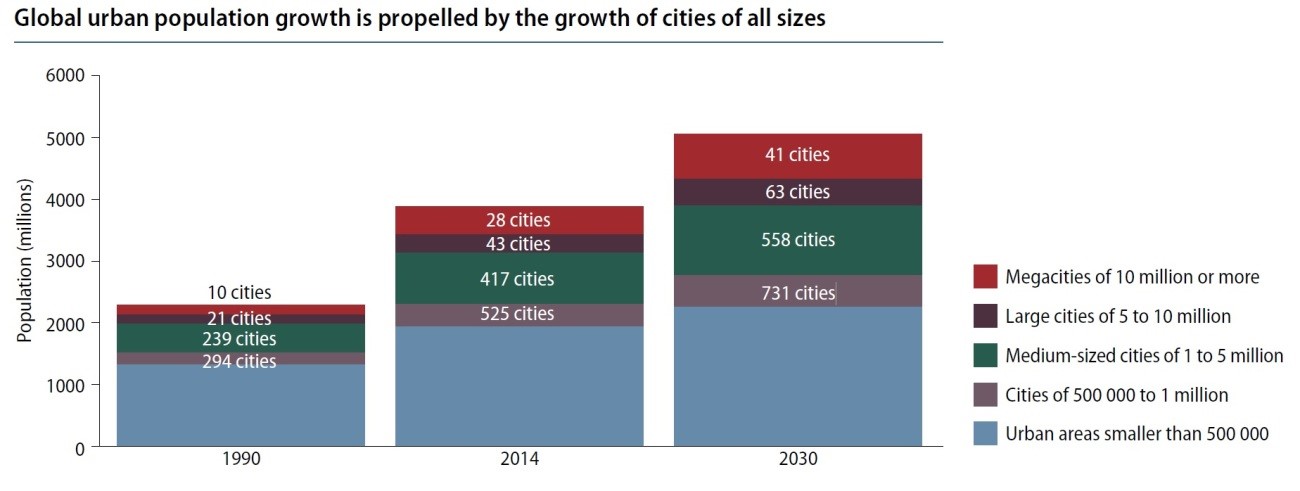
Source: Morphocode
Fortunately, in our increasingly digital world, it can be a significant blessing.
Why?
Because we can turn these cities into smart cities and manage resources much better than more traditional cities have dealt with growing numbers of people.
Technology allows us more flexibility in housing, transportation, work, play, and industrial solutions. We can manage pollution challenges better and develop more automated solutions than have previously been available.
Many of these solutions are being developed for specific market sectors, but the move is well underway to begin to incorporate many of these solutions and apply them to existing cities to make them “smarter,” as well as build new cities with these smarts already built in.
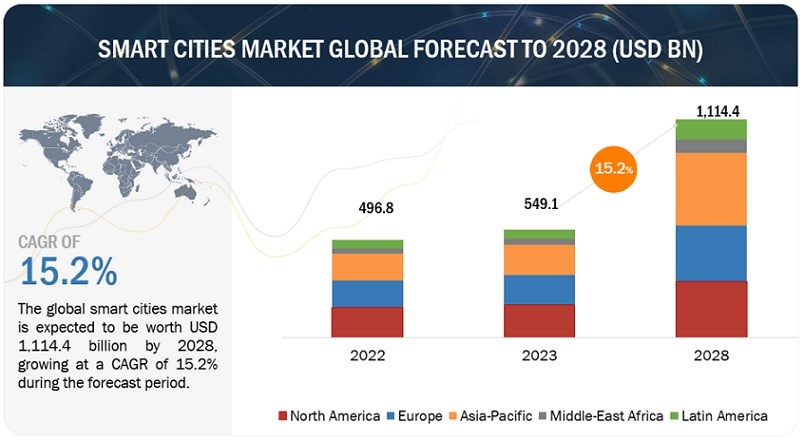
Source: MarketsandMarkets.com
With the kind of growth you see above, it’s not just industrial and urban planners that are excited about the possibilities. Companies are very excited to apply their tech platforms to these massively scaled projects.
Below is a good overview of how technologies of all stripes will benefit from the cities of the future. Everything from flood control to smart buildings and homes to behavior analytics are key pieces to this new ecosystem.
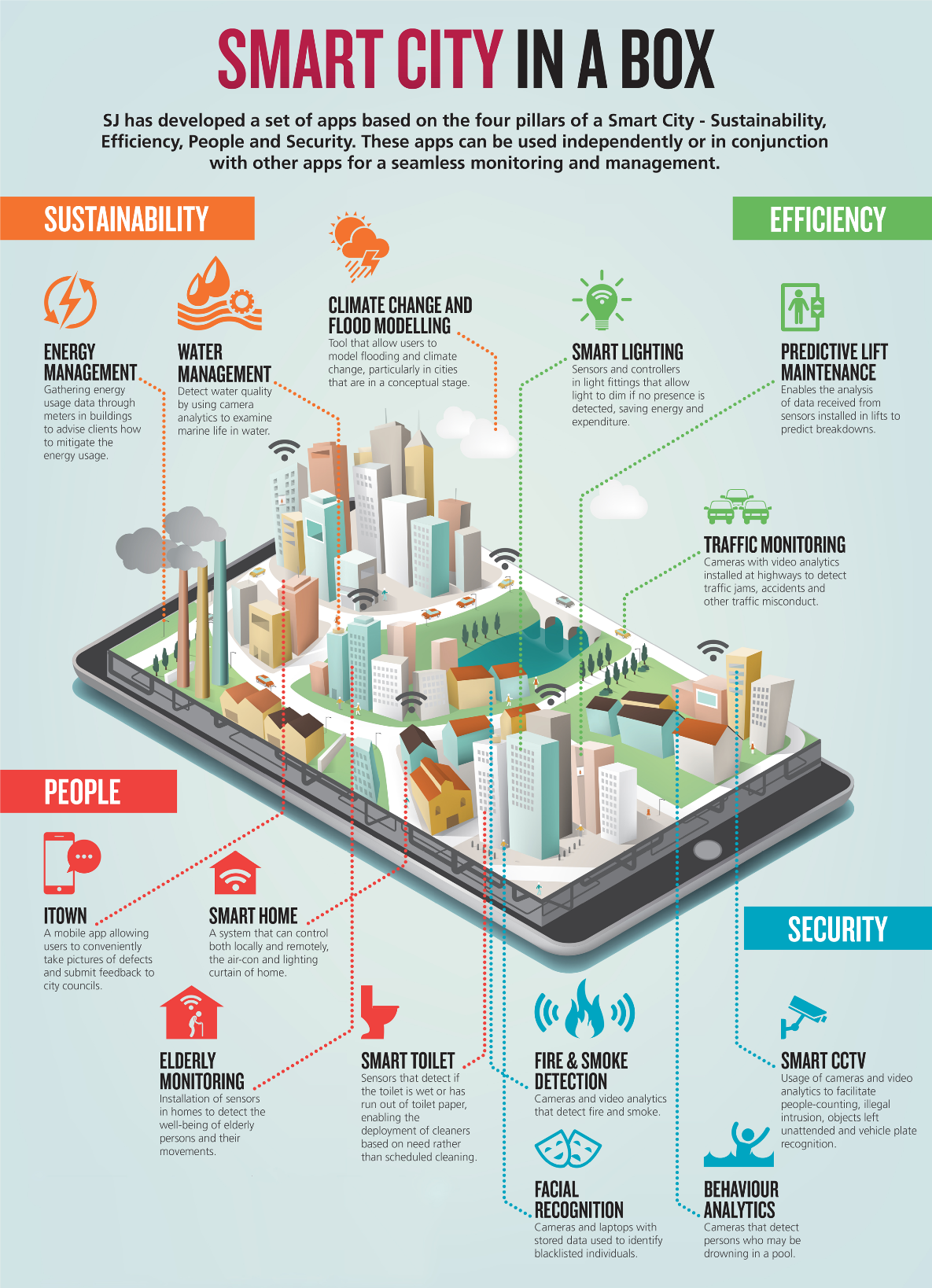
If we want to zoom in a bit more, we can get more detail in the possibilities.
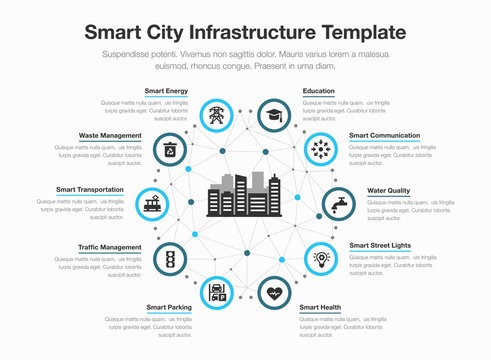
While many of these new opportunities are going to come from New Economy companies, like Alphabet (NASDAQ: GOOG), NVIDIA (NASDAQ: NVDA), Amazon (NASDAQ: AMZN), and others, there will also be a number of Old Economy companies that will be essential to get this all done.
Caterpillar (NYSE: CAT), Deere & Co (NYSE: DE), Textron (NYSE: TXT), Waste Management (NYSE: WM), and others will also be big winners.
Remember, building new cities takes as much brain as brawn, so build your portfolios wisely.
